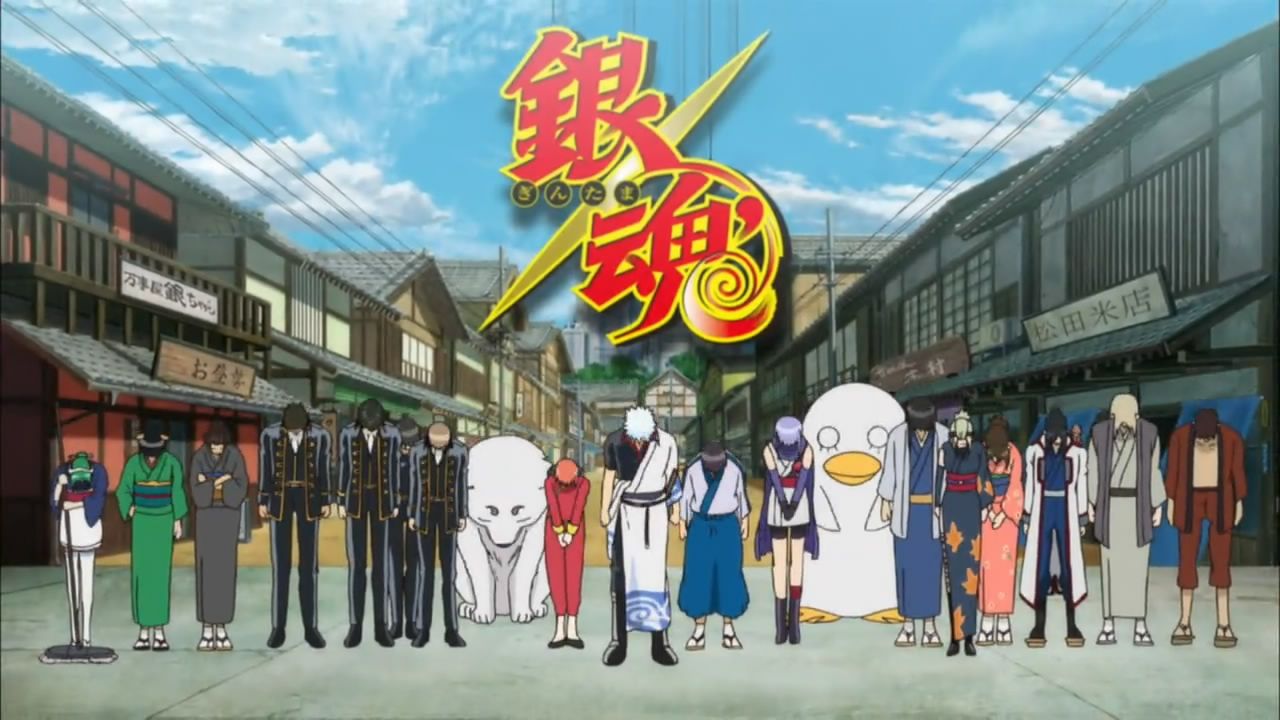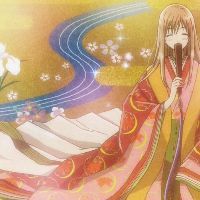Every anime includes references to various sources, and one of the most common sources used is Japanese history. Gintama is an anime series that taps into one of the most significant history points in Japan: the world of the samurai and the post-Edo period.
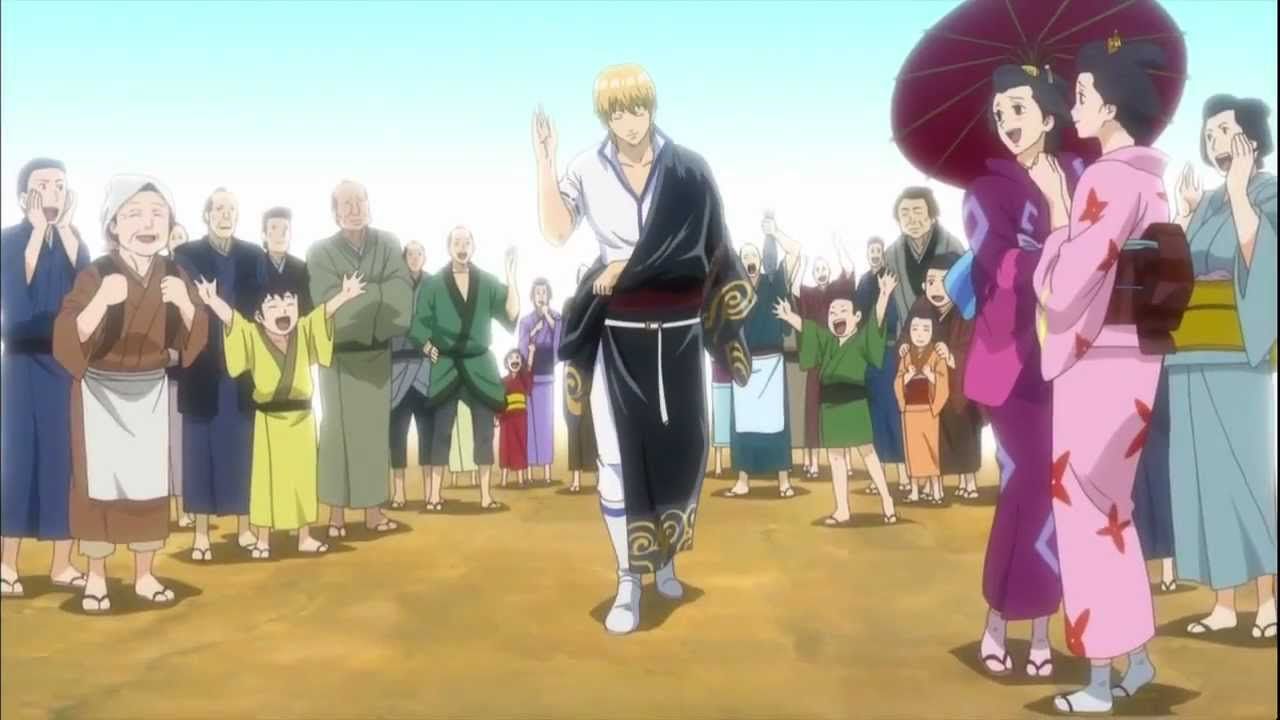
Gintama's main setting is in Edo, which is now known as Tokyo in present time. After the Amanto or aliens invaded Earth, modern technology reigned and so did the Amanto. Gintama once had many samurai, but now the warriors as well as the art of swordsmanship is dying out steadily. Although there are some who continue showing their loyalty to the samurai ways, such as Sataka Gintoki, Kotarou Katsura, and the Shinsengumi, the world continues advancing and steadily putting the past behind them. This is a reference to what happened to the Japanese samurai.
Who Were the Samurai?
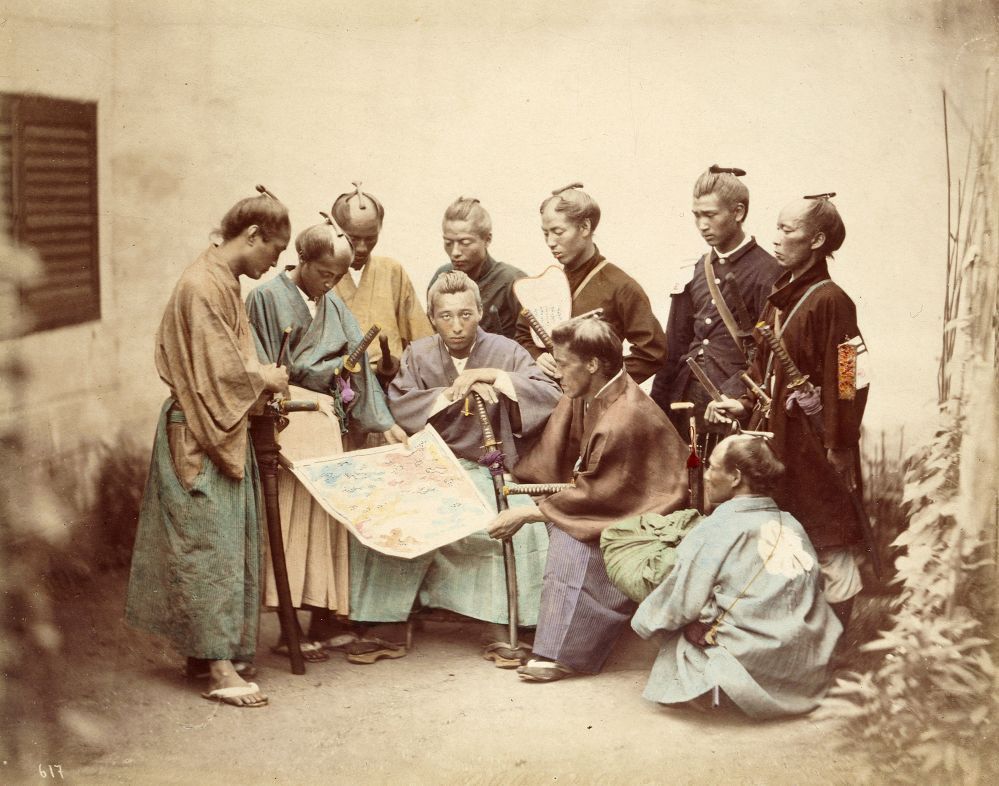
When you think of samurai, you may think of their armor and swordsmanship or even the Bushido Code they followed. You may also think of the Edo period that has been highlighted in Japan's history. Surprisingly, the samurai have been around for centuries, even in the A.D. time period. As the years went on, the samurai held more prominent positions in the government and in the country of Japan, most importantly in the Edo period (1603-1867). They were known as the highest rank in the caste system at the time. As you can imagine, the samurai were important warriors. They followed orders of the Shogun, the military governor appointed by the emperor himself.
How Japan's Samurai History is Referenced in Gintama
The Edo period is a significant period in history that is also featured in Gintama. In Japanese history, during the Edo period, Tokugawa Ieyasu and his clan ruled Japan for over two centuries. During this time, Tokugawa promoted foreign trade despite Japan being a closed-off country, but held control over the land by suppressing the religion, Christianity. Eventually, the Shogun in 1633, Iemitsu, outlawed nearly all foreign trade, except with China and the Netherlands, and foreign literature was banned.
Although most of Japan was closed off from the world, Japanese trade and culture developed greatly. This was the period where tea ceremonies, philosophy, kabuki, and other arts/education were pursued. Time was changing under the new rule and period, and the samurai became a more educated, peaceful organization.
However, the Edo period came to an end later on. Financial instability, an immoral and corrupt government, money becoming more prominent in Japan because of the merchant class, rebellions from the lower classes and anti-government factions, and the threatening power and interest from the outside world were the main reasons for the and of the Edo period and the Tokugawa rule. This era was followed by the Meiji period and Meiji Restoration. The Meiji Restoration is similar to the time period in Gintama.
Who Are the Gintama Samurai?

In Gintama, the current period is a time where swords are now banned and the samurai are diminishing. Only a few samurai remain, and this time period is similar to the after-Edo period in Japanese history.
This important part of Japanese history has been shown in Gintama from the start. In the first several episodes of the Gintama series, an introduction is given and the narrator talks about what has happened to the world. At one time in history, Japan had valued the samurai greatly and the samurai were still going strong. This was until they died out after the Amanto, who were powerful alien forces from the universe, came to Earth and took over. The government, seeing the incredible powers that the Amanto possessed, surrendered without a fight.
Because the government in Gintama is corrupt, along with the Amanto invasion, there are rebel groups, such as the Jouishishi and the Kiheitai, that go against the government. When the Amanto invaded Earth, there were samurai still willing to fight off the Amanto and prevent them from controlling their home. However, the samurai lost and swords were banned, just like they were after the Edo period in real-life Japan. The rest of the world adapted to their new environment and allowed the technology advancements that the Amanto brought take over, which is also much like what happened in Japan's history.
But the samurai spirit lives on, as you will see when you watch Gintama. The spiritual development that a samurai goes through is what continues. They may not be able to fight or carry swords. They may not be able to call themselves samurai warriors. They may not be able to fight against influential enemies. But no matter what, the samurai spirit burns strong, which is what Toyotomi Hideyoshi, the peasant-turned-samurai dreamed for the men who became samurai.
Let's take a look at what the samurai of Japan were all about and how Gintama represents the samurai spirit.
The Bushido Code
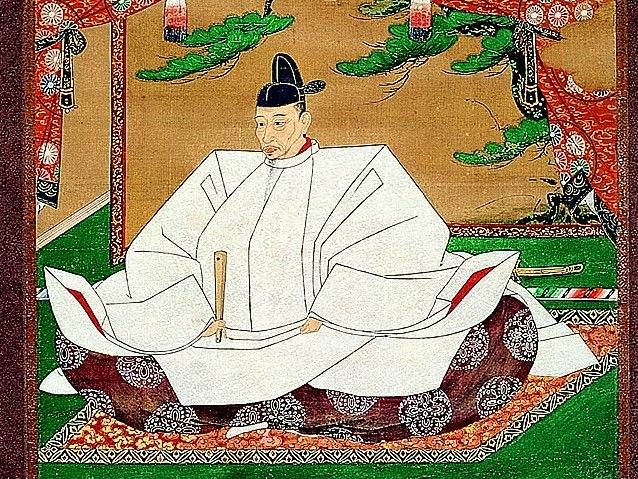
This is a famous portrait of the samurai Toyotomi Hideoyoshi.
A famous samurai known as Toyotomi Hideyoshi was someone who embodied all the Eight Virtues of the Bushido Code and was a true samurai. During the Warring States period, Hideyoshi was a peasant who dreamed of being a samurai and a man of honor. In the year 1553, Hideyoshi was hired by Lord Nobunaga as a sandal bearer. Eventually, he became Lord Nobunaga's right-hand man and pupil as well as the ruler of Japan, the first peasant to ever go straight to the top of the ranks.
Hideyoshi was the one who stopped the Warring States period and united Japan. He also changed the way of the samurai forever. During the many years of war in Japan, samurai were focused on physical ability rather than spiritual development. With Hideyoshi at the top, he changed the samurai by directing their attention to the art of being a samurai and a true man rather than their fighting abilities. When the Edo period came to an end, and swords were banned, the samurai code and spirit continued living on, which was what Hideyoshi envisioned, and they became swordless samurai.
The samurai followed a strict code known as Bushido, which also means "way of the warrior". The Bushido Code was a collection of values that emphasized honor, loyalty, discipline, manhood, chivalry, honesty, and more. The Bushido Code was even used to help build the Japanese society. An international best-seller book called Bushido: The Soul of Japan outlined the Eight Virtues of the Bushido Code. Here's a breakdown of these virtues and what they meant to the samurai that created a history worth remembering:
1. Justice
Justice is not limited to only the general public, but also to one's self. The virtue of justice means that you know when to act and you know the right actions to take. It also means that you have a righteous way of thinking. Without such a mindset, you're not able to build the samurai body and spirit.
Sakata Gintoki, the main character in Gintama, displays his own version of justice in the anime frequently, even when he's faced with many enemies. He makes bold statements and takes bold actions that others don't. He does what he believes is right. One example is when he fights an Amanto to protect a girl that he was hired to find, and he even risks his life to do so. He also fights Amanto to save his friends when they're captured. Another example of Gintoki's justice is in the Yoshiwara in Flames Arc. He ends up fighting Hosen, a powerful opponent who once was the King of the Yato Clan, and Gintoki fought him to protect his newfound friends in Yoshiwara. Gintoki's justice is to protect who he can with his sword.

2. Courage
The samurai believed that courage was more important than bravery and that they were two different concepts. Courage was one of the Eight Virtues that the samurai treasured and honored. Courage meant that they did what was right when the time came and didn't back down from their actions.
3. Benevolence
The samurai were skilled warriors who held high ranks that had the power to command and kill. However, they were also expected to have the ability to sympathize, love, and show affection when necessary. These are traits of benevolence, representing the highest place a human soul can reach.
4. Politeness
Politeness stems from the benevolence virtue. Knowing when to be courteous and having good manners was another one of the most important virtues of the Bushido Code. Having politeness as part of your individuality also meant that you considered others and acted based on that instead of being polite because you're afraid to offend.
5. Honesty and Sincerity
The samurai believed that men should not let money control them. In fact, being ignorant about money and the value of coins showed was a positive factor when one was training to be a samurai. Even the abacus was not valued by the samurai. The samurai practiced a frugal, thrifty lifestyle, and they were taught to live in a simple manner, which is part of the Bushido Code virtue of honesty and sincerity.
In Gintama, this simple samurai life is shown mostly through Katsura's and Gintoki's life. Katsura honors his samurai code by focusing on simplicity. He eats simple foods and encourages his pet, Elizabeth, to do the same. On the other hand, since Gintoki struggles financially, he and his group live simply and on a strict budget. However, Gintoki loves to indulge in sweet deserts, such as parfaits, which may be seen as not a simple food item such as rice and fish. Gintoki's lifestyle can be seen as that of a samurai honoring the sacred code, but it can also be seen as a gag about the samurai's simple lifestyle of frugality.
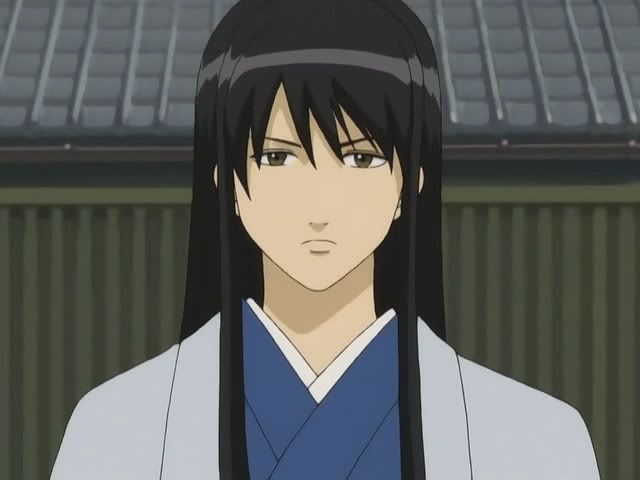
6. Honor
Knowing one's worth and dignity as well as showing them are both parts of the honor virtue of the Bushido Code. Disgrace was a samurai's enemy, and they valued their duties and lifestyle more than life itself. They did what they could to honor the Bushido Code and their responsibilities to avoid disgrace.

7. Loyalty
Samurai were expected to be loyal to their superior. Loyalty was also part of a samurai's honor. Abandoning one's duties and superior was not something a samurai did.
Loyalty is seen in Gintama quite a bit. The Shinsengumi have loyal members, notably Hijikata and Sougo. In the Shinsengumi Crisis Arc, Hijikata has a cursed sword that turns him into a irrepressible otaku, but he continues caring for the Shinsengumi despite not being able to help them. He also puts his pride away and asks the Yorozuya Group (Gintoki, Shinpachi, and Kagura) to help save the Shinsengumi. Sougo is also a loyal member to the Shinsengumi, and that's because he admires and respects his Chief, Kondou. During the Shinsengumi Crisis Arc, Sougo pretended to ally with the antagonist of the arc, Itou Kamotarou, to protect Kondou. As Kondou is his superior, Sougo had the loyalty of a samurai.
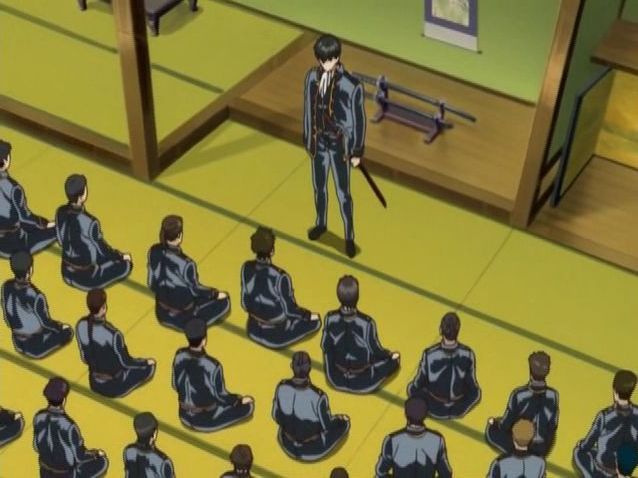
8. Self-Control and Character
This goes back to knowing what's right and wrong and acting upon those decisions. A samurai must know which actions to take and what actions go against his honor and duties as a samurai. The samurai valued character based on one's actions rather than one's intellect. Although the samurai were high-ranking and intellect was valued, they were known more as men of action than of intellect.

Who Should Watch Gintama

Gintama isn't your usual samurai-centered anime. Although a lot of the samurai Bushido Code is seen in Gintama, the complex characters make the anime series more modern compared to other anime series that have samurai or samurai associations and references. Gintama does include more variety in samurai, such as the country samurai in the Shinsengumi and the noble samurai clan, the Yagyuu. This anime also has a variety of plots that make the series interesting; these stories some times come together to become a bigger plot. For example, Kagura's brother becomes a major antagonist later on in the series, even though he is briefly mentioned in the first season of Gintama. In the Yoshiwara in Flames Arc, Kagura's brother becomes more prominent.
Gintama does have more mature content, and it's an anime that's more fitting for a PG-13 group. It is a humorous anime show that features a wide range of components that touch on Japanese history, such as the samurai, and more modern elements, such as robots. If you love a great balance in humor and heart-warming moments as well as a variety of interesting stories and characters, Gintama is a great anime to watch.
Similar Anime to Gintama
In the samurai aspect, there are several anime series that are similar to Gintama. Here's a list of these series:
Rurouni Kenshin

Rurouni Kenshin centers around a wandering samurai named Himura Kenshin. He was once known as Battosai in a war and was a notorious assassin who killed government officials and other influential individuals. However, after a tragic event, Kenshin becomes a wandering samurai and aids people with his reversed sword, vowing never to kill anyone again. The anime series follows Kenshin's life and the struggles he faces as he battles enemies who challenge his will to never kill.
Rurouni Kenshin is similar to Gintama in several ways. The time period is during the Meiji Era, and Gintama is also set in the post-Edo period. Similar to Gintoki from Gintama, Kenshin is faced with hurdles he has to jump over to keep his vow, just like Gintoki faces many enemies who challenge him and his lifestyle.
SKET Dance
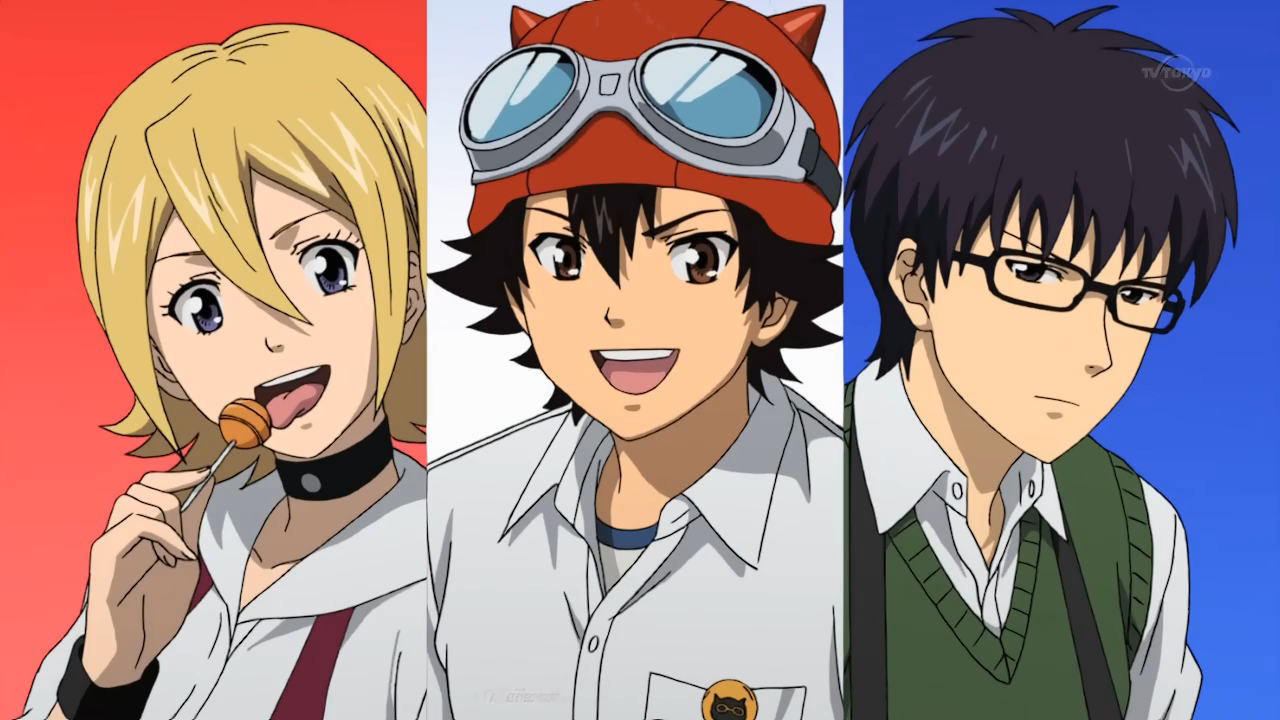
Although SKET Dance doesn't have samurai, it is similar to the anime Gintama because it centers around the Academy Activity Support Club members: “Bossun” Yusuke, “Onihime” Himeko and “Switch” Kazuyoshi. These three members are similar to Gintama's own Yorozuya Group. The Yorozuya Group includes Sakata Gintoki, Shimura Shinpachi, and Kagura. Sadaharu is also part of the Yorozuya Group, but is considered to be the group's pet or mascot. SKET Dance and Gintama were once featured in the Gintama series in a mash-up episode.
Black Cat

Black Cat is an anime series based on a manga series that's about a former assassin, Train, who becomes a Sweeper or a bounty hunter. Train saw the freedom that a Sweeper had through a woman named Saya, and he admired her lifestyle. He stopped working for an elite assassin group and became a Sweeper to live the free life he wanted. But Train is being chased by the elite assassin group, and he faces many enemies that go against him and his lifestyle, especially the main antagonist of the story, Creed. Train is similar to Gintoki from Gintama because they both live by their own rules, and they're unconventional individuals who hold true to their beliefs and lifestyles.
Hakuouki
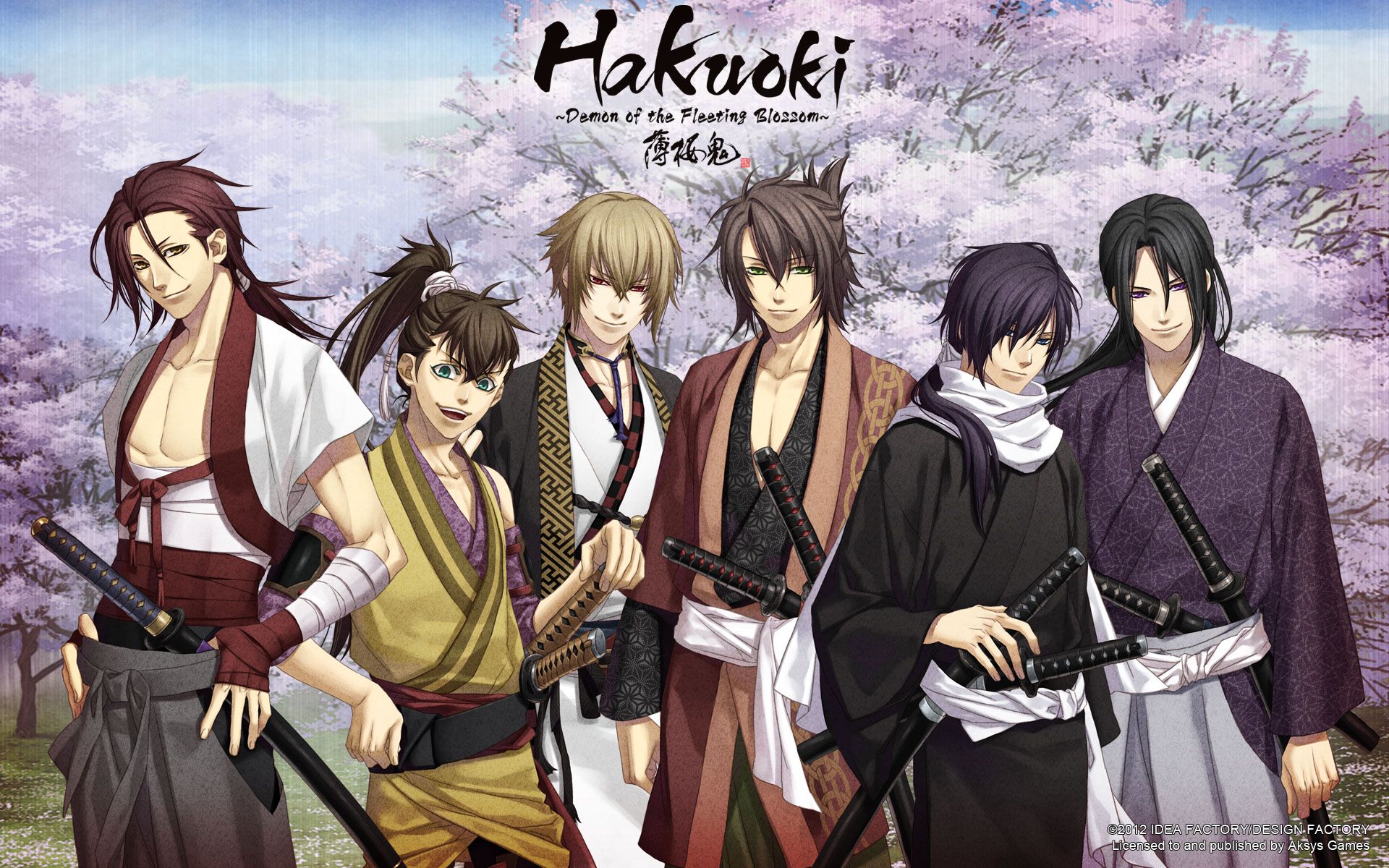
Hakuouki is an anime series that was adapted from a video game, and the series starts off with a woman named Chizuru searching for her father. She runs into the Shinsengumi and discovers that they're also searching for Chizuru's father. Chizuru and the Shinsengumi search together and experience various adventures on their journey. This anime series is similar to Gintama because of the samurai and Shinsengumi present in the anime. Although the target audience may be different, Hakuoki is based on historical elements from Japan, just like Gintama is based on some historical references.
Please be sure to check out these similar anime series as well as one of the best ever samurai-themed anime Gintama!
